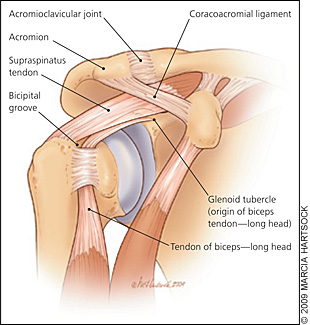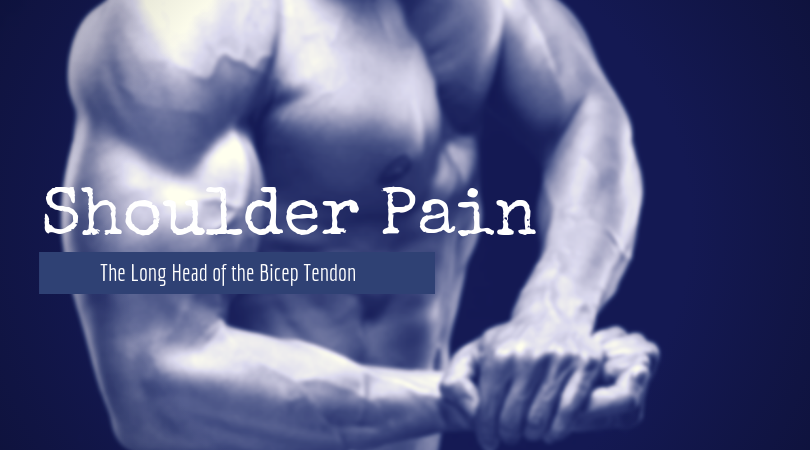Move Better In Your Body
Welcome to the newly installed “Move Better In Your Body” movement series. We will be covering each region of the body from head to foot and unpack what self care techniques you can do on your own to create healthier and stronger shoulders.
This movement series will begin with common shoulder pain problems. The shoulder joint is extremely complex and we will be diving deeper to underlying issues that may cause nerve pain down the arm, sharp pain at the shoulder joint and what you can do about it.
The Long Head of the Bicep Tendon
How about those biceps though? Instagram worthy, one of the coveted muscles to flex when getting your lift on in the gym. Lets unpack what the long head of the bicep tendon is and how it can affect your shoulder health.

Anatomy:
The long head of the biceps tendon is the proximal portion of the muscle the long head biceps brachii. The long head of the biceps brachii primarily does elbow and shoulder flexion.
The long head bicep brachii superior tendon sits in the bicipital groove between the greater tubercle and lesser tubercle of the humerus and attaches to the supraglenoid tubercle of the scapula. It is fastened within the groove by the transverse humeral ligament. Since the lesser tubercle is located more medial and is smaller then the greater tubercle, the long head bicep tendon will usually only slip out of the groove medial (or closer to the midline of the body).
Issues that occur with the Long Head Bicep Tendon:
Tendinitis: Where the tendon becomes inflamed and there is sharp pain associated in and around the front of the shoulder that radiates down into the bicep closer to the elbow.
Displaced Tendon: Where the tendon travels medial due to shoulder internal rotation overuse from overhead sports such as tennis, rowing, throwing.
Rotator cuff and Slap Tears: Due to the location of the proximal attachment within the supraglenoid tubercle of the scapula, the Long head bicep tendon is often associated with SLAP tears also known as superior labral tear from anterior to posterior.
Due to the muscle belly attachment of the long head to the short head of the bicep, the long head of the bicep is often taken along for the ride, with any action the short head of the bicep chooses to do which is most likely concentric shortening and favoring internal rotation.
If there is any injury of the long head of the bicep tendon, other muscles that attach to the coracoid process tend to overwork or take over for an weak or under active long head bicep muscle. These muscles include:
Synergists:
Short head of the bicep brachii
Pec Minor
Coracobrachialis
So what can you do about it?
Looking at sports where you must rotate across the midline of your body, the long head bicep tendon in turn is compromised, over and over and over again.
Rotate with your Trunk not your shoulder:
If the spine is limited in mobility, the movement will have to come from the shoulder joint, which in turn puts pressure on the shoulder joint to carry the heavy load. This should occur in the thoracic spine
Mobilize your Shoulder Joint:
Shoulder Protraction/ Retraction:
Shoulder Internal/ External Rotation
Want to learn how to mobilize/ stabilize your shoulder joint in person to prevent pain?
Contact me for an appointment here, and join the movement and get the announcements here:
Stay tuned for next week’s “Shoulder Pain: Supraspinatus Inpingement”, until then, try the above exercises and let me know how it goes.
Sources:
- Krupp, Ryan. Kevern, Mark. “Long Head of the Biceps Tendon Pain: Differential Diagnosis and Treatment.” Journal of Orthopedic and Sports Physical Therapy 2.(2009) 55-70.
- Elser, Florian., Braun, Sep. “Anatomy, Function, Injuries and Treatment of the Long Head Biceps Brachii Tendon.” 4. (2011) 581-592.

